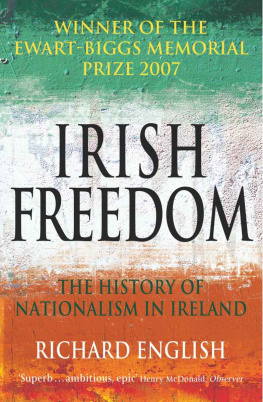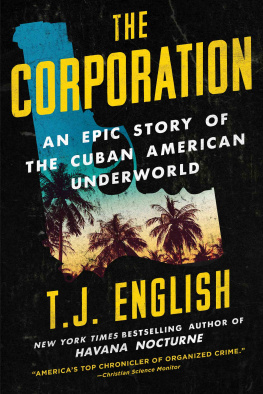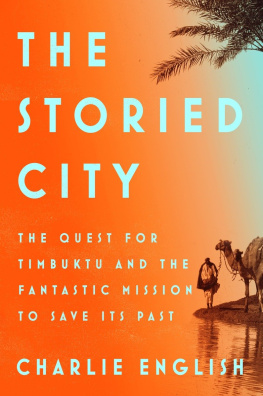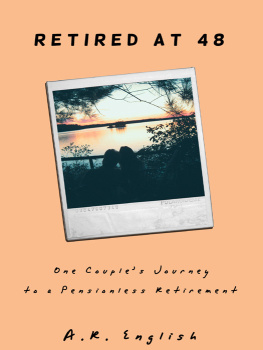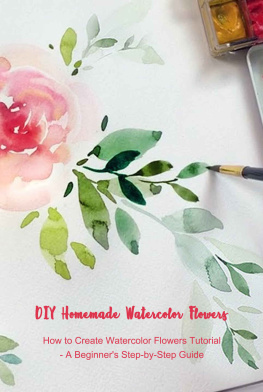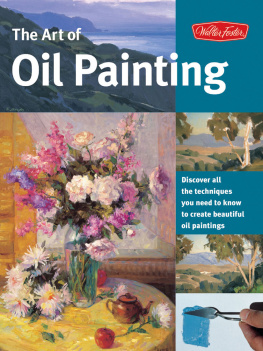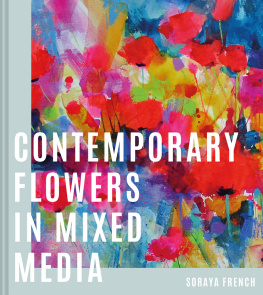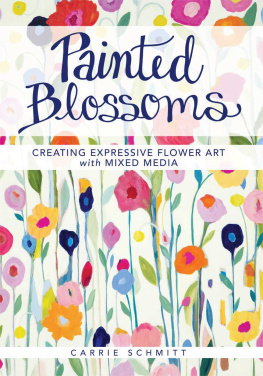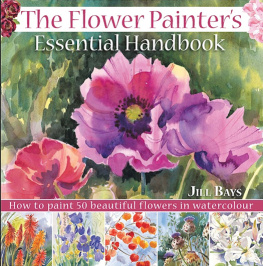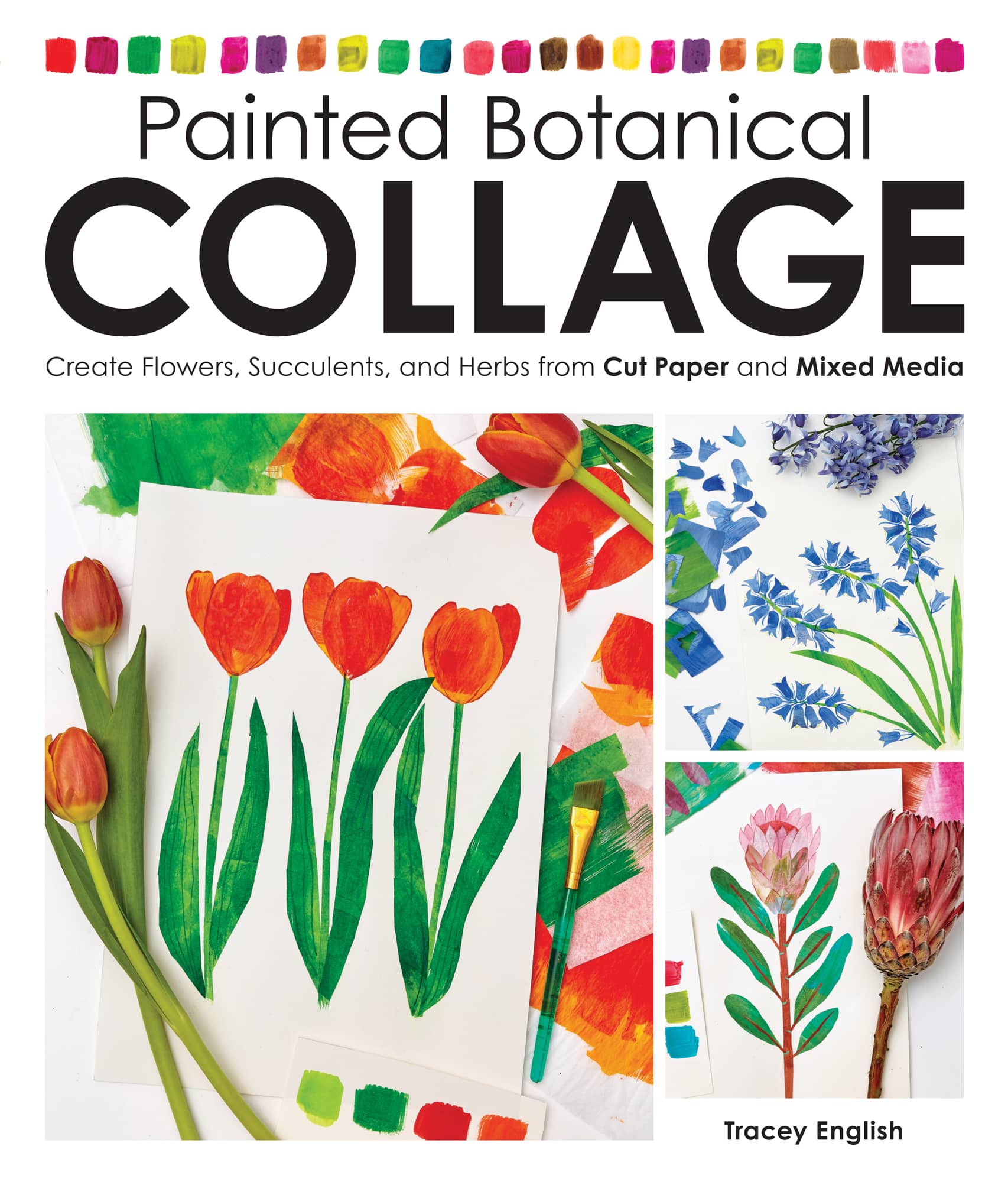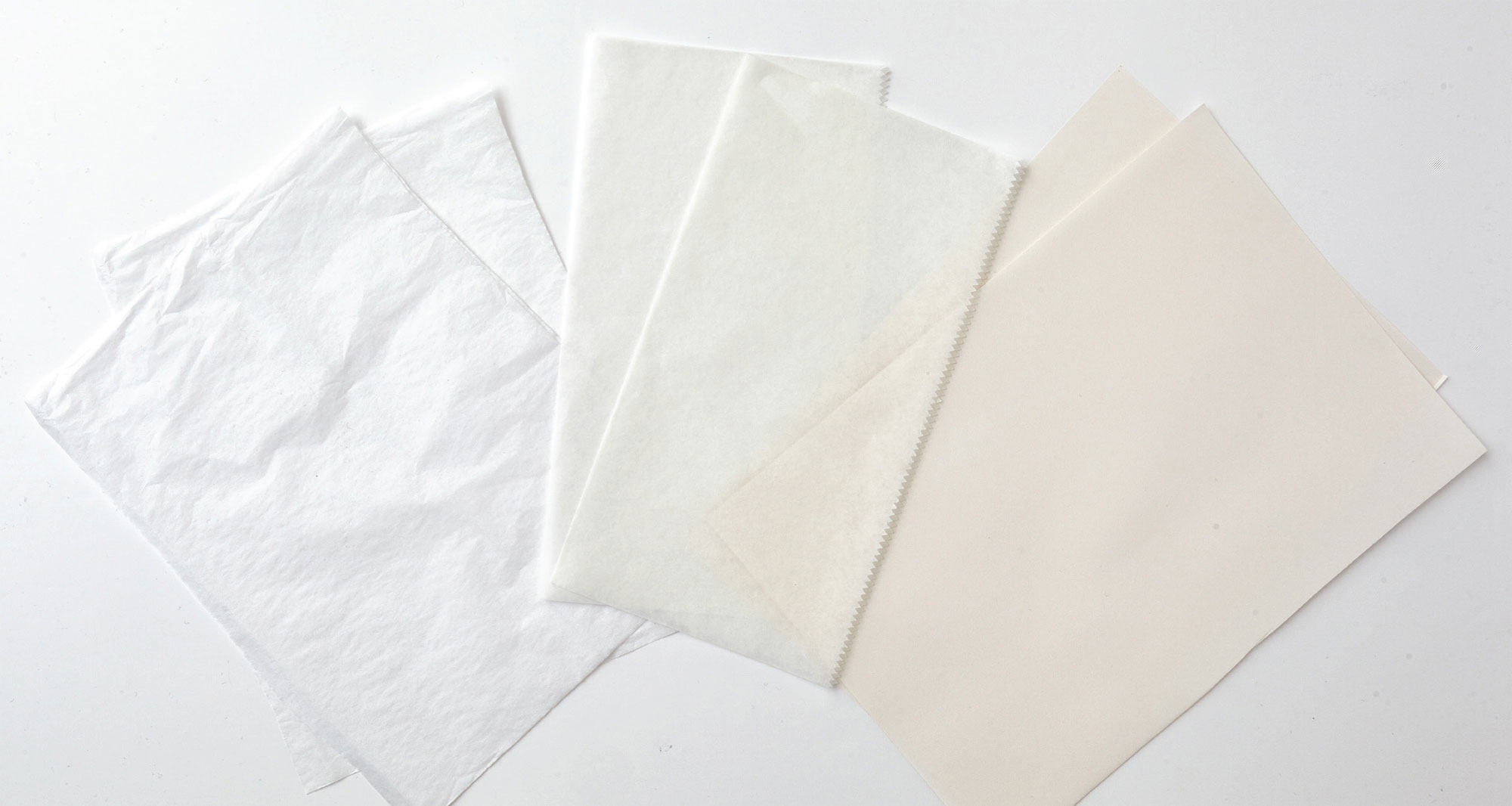Painted Botanica
COLLAGE
Create Flowers, Succulents, and Herbs from Cut Paper and Mixed Media
Tracey English

Introduction
Collage is an art form that can produce a wide range of visual styles. Its accessible methods make it fun and approachable for beginners, while remaining an exciting medium for seasoned professionals. In this book, we will follow a step-by-step process to create beautiful floral studies using a variety of collage techniques. The introduction to each project will also share some interesting details about each flower.
Collage can be created by using recycled papers, pages from magazines, colored papers, paper that you have created yourself, or even a combination of all four. There are no hard-and-fast rules, but the variety of projects included here demonstrate a wide range of approaches. Each of the flowers is simplified into its prominent and easily identifiable shapes, and the color combinations and textures open up endless possibilities for exploring new ways of working.
Chapter 1
Getting Started
Finding Inspiration
Where to begin when there are so many choices and amazing shapes, colors, and textures found in every type of plant and flower? Get inspired by visiting a nearby florist or taking a walk around your garden, local parks, or plant center. A gardening magazine can be a useful reference, and there are always images on the Internet. I started my flower collages as a sketchbook project, making small studies of plants and flowers that I found in our tiny city garden over one summer. By looking at the shapes and textures, you can re-create collage papers inspired by the nature that surrounds you. I love the way nature grows in unity and creates patterns all on its ownleaves intertwine and flowers snake around each other, taking care to intermingle at just the right moment to create perfect harmony and a whole wealth of inspiration. A single houseplant, a leaf sprig collected on a walk, or a rose in a vase is enough to get you started. Simple shapes and solid colors are the perfect way to begin snipping out your first creation.

Materials and Tools
The following is a complete list of tools and materials that can be used to create the projects in this book. Start with some basicsscissors, craft paints, scrap papers, glue, fine-point pens, a sheet of stiff paperand get started. As you continue to experiment, you can gather more supplies, try different adhesives to find your favorite, experiment with more sources of paper, use different drawing media for detail work, and experiment with substrates.
Cutting
Scissors (large/small): I prefer to use childrens scissors, as they are nice and small, making it easy to cut tiny pieces.
Scalpel blade or craft knife for awkward shapes
Adhesives
PVA craft glue
Mod Podge
Gel medium
Glue stick
Paper for Collage
Cartridge paper
Deli paper
Tissue paper
Magazines and newspapers
Found papers
Color and Line
Liquid acrylics
Colored pencils
Fine-liner pens
Substrates
Heritage paper
Card stock
Bristol board
Found paper
Watercolor paper
Tools
Brushes
Sponge
Old loyalty/credit card
Paper palette or plate
Old jam jars for water and glue
Chapter 2
Creating Background Papers
Color Mixing Strategies
For botanical collages, it is useful to have a varied collection of different green paints. Using different hues together, you can create great depth and texture on the collage papers to create papers for the leaves and stalks.
Flowers are often much more diverse. Sometimes, you will want to mix analogous colors (colors that look similar) to try and reproduce the quality of the petals. Sometimes, you will want to combine complementary colors (colors on opposite sides of the color wheel).
Basic Collage Techniques
Collage is the process of cutting out shapes from paper and adhering them onto a final surface. It is a wonderful, flexible, and creative medium and one that doesnt require extensive art-making experience. Its as easy for beginners to learn as it is for seasoned professional artists.
Collage can be created with recycled paper, magazine pages, colored papers, paper that you have painted yourself, or even a combination. There really are no hard-and-fast rules.
The flowers we will create are simplified into more manageable shapes and color combinations. The textures you will observe open up endless possibilities for exploring new ways of working.
Types of Collage Paper
Cartridge Paper: This is a high-quality paper used for illustration and drawing. Its a great choice if you want to create lots of texture and depth.
Deli Paper: Deli paper is robust and good for creating texture; is slightly translucent; and is easy to cut. Its a good paper to use to build up layers.
Tissue Paper: Tissue paper is more fragile than other papers but gives a delicate effect. Textures can be created, but the paper must not be allowed to become soggy. It is also easy to cut.
Magazine Images and Found Papers: These can be painted over to add more texture and depth or to obtain a more accurate color.
Setting Up a Workspace
An empty table with good natural light or a desk light is all that is necessary to work with collage techniques. Place your flowers or photographic reference on a white sheet of paper, so that there are no distractions and its easier to see the different textures, colors, and forms.
Place some old newspaper on the table and some kitchen paper, newspaper, or a tea towel to the left-hand side of your workstation; this is for drying the prepared collage papers once painted. The chosen paint hues, palette, scissors, and paintbrushes can be placed on the other side of your workspace.
Cleaning Up and Storage
A mini vacuum or a dustpan and brush are handy for getting rid of all the little bits of paper snips from your collage creation.


